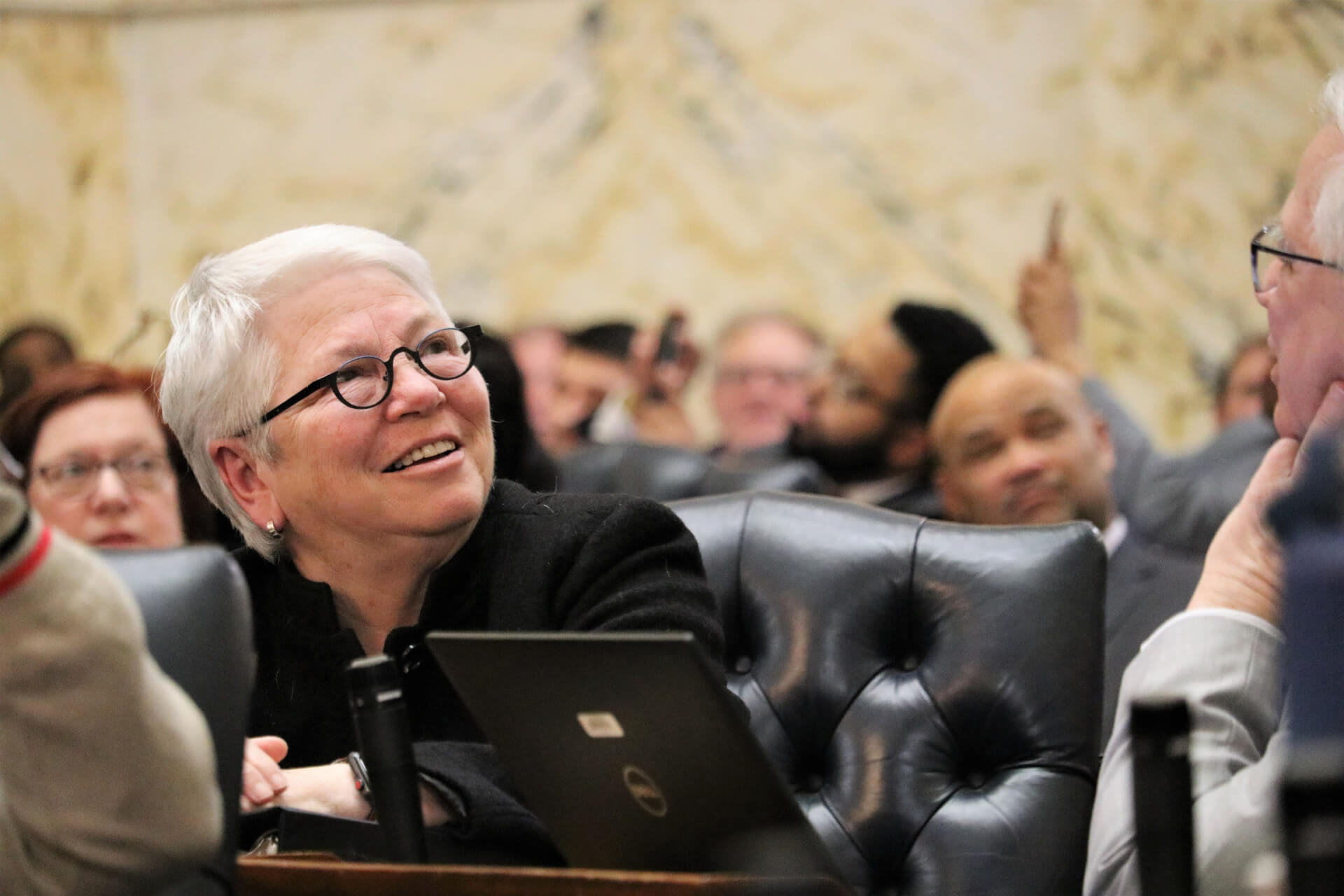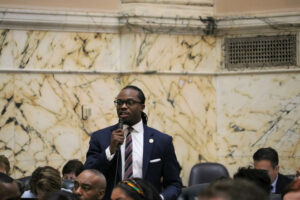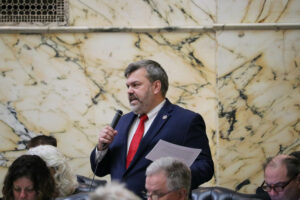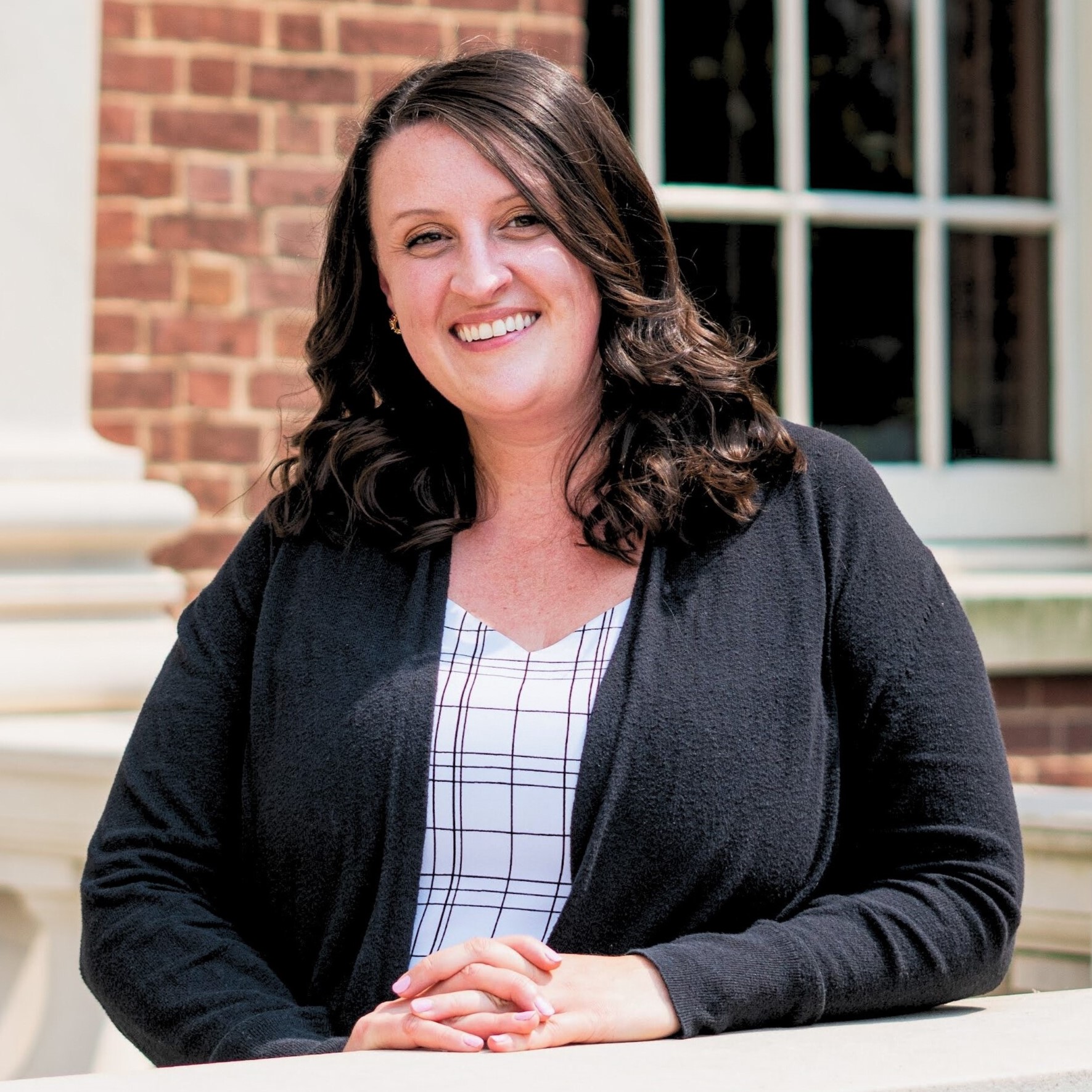House Passes Education Reform Bill Three Years in the Making

The House of Delegates erupted in cheers late Friday as a Democratic majority passed a sweeping education reform bill meant to overhaul Maryland’s public schools over the next decade.
The Blueprint for Maryland’s Future bill ― a reform plan to boost state education spending by $3.8 billion within 10 years ― aims to expand pre-kindergarten programs and career education for high schoolers, increase pay and career opportunities for teachers, and boost state funding for schools with high concentrations of poverty.
Also included in the bill is a proposed new education funding formula, which would guide the increased state and local education spending and direct more resources to low-income students, those in special education programs and those learning English.
Democrats cast the vote as a historic moment for racial and economic equity.
“The disparities in achievement between racial and socioeconomic and ethnic communities are unacceptable … it’s morally indefensible,” said House Appropriations Chairwoman Maggie L. McIntosh (D-Baltimore City), a former school teacher who was a member of the Kirwan Commission on Innovation and Excellence and Education that crafted the recommendations on education policy and funding reforms.
Republican members of the chamber said they opposed the bill largely because of its costs, which have no dedicated funding source as of yet.
“This is a massive spending plan that is about to be foisted upon the taxpayers of Maryland,” Del. Haven Shoemaker (R-Carroll) said. “…I’m of the opinion that throwing money at a problem isn’t necessarily going to fix said problem.”

Del. Alonzo T. Washington (D-Prince George’s), vice chairman of the House Ways and Means Committee, defends the Blueprint for Maryland’s Future bill on the floor of the House of Delegates. Photo by Danielle E. Gaines.
Del. Alonzo T. Washington (D-Prince George’s), also a Kirwan Commission member, responded: “We’re not throwing money at a problem. We’re ensuring that we provide initiatives that work for our lowest-performing schools and our students. This is our students, these are our babies back in our schools back at home.”
Republicans tried during hours of debate on Friday to sway a vote to the nay column, or to influence the bill by introducing 14 amendments. All failed along mostly party-line votes.
At the end of the night, shortly before 10 p.m., the bill was passed by a 96-41 vote. All Democrats voted for the legislation and all Republicans voted against it.
After Friday night’s vote, the fight over education funding is far from ending.
The House Ways and Means Committee voted Friday evening to advance a revenue package unpopular with Republicans that would implement combined corporate reporting in the state, increase the state’s tobacco tax and apply it to vaping products, tax certain digital goods similar to tangible goods, and apply a sales tax on some luxury services.
Taken together with other bills under consideration, the bills could generate up to $700 million in new state revenue by 2025, covering a substantial portion of increased state spending for public education in 2025, expected to be about $1.3 billion.

Del. Mike Griffith (R-Cecil and Harford) proposes an amendment to the Blueprint for Maryland’s Future bill that would limit tax increases. Photo by Danielle E. Gaines.
Republicans questioned the piecemeal approach to funding the reform effort, and Harford County Del. Mike Griffith (R) introduced an amendment early on Friday that attempted to limit tax increases for education funding.
“Whether we crush Marylanders with one massive tax increase or 43 small ones, the net effect is the same,” he argued unsuccessfully.
The House chamber is expected to move quickly on the revenue measures as well, as lawmakers stare down a deadline to present bills to Gov. Lawrence J. Hogan Jr. (R) with enough time to force a same-session veto deliberation.
The reform bill passed with 11 votes more than the three-fifths needed to override a veto. Senate committees are set to begin reviewing the House bill on Monday.
Looking at Local Costs
According to updated fiscal estimates released Friday, overall education funding from the state and counties would reach more than $19.1 billion in 2030, about a 25% increase over what could be expected without the formula change.
The state would direct about $10.5 billion annually to public schools in 2030, up from current spending of $7.3 billion.
The proposed funding formula would also require 13 counties and the city of Baltimore to increase their 2030 local school budgets by anywhere from 2% to 55% over today’s formula. Ten counties already fund their schools at levels exceeding the requirements of the new formula.
County funding burdens under the new formula vary widely because of historical spending patterns and the number of students in each county who qualify for special programs.
The city of Baltimore will have the largest percentage increase ―55% ― in its public schools budget by 2030, when the system will be expected to spend $479.5 million. That’s up from $308.9 million that would be required in 2030 under current law.
At the same time the city’s obligation increases, so too does state funding ― by 68%. The city would receive $1.5 billion in direct state aid in 2030 under the bill.
State funding increases for all jurisdictions under the proposed formula.
Montgomery County Public Schools face the largest local spending increase in raw dollar figures: $234.4 million in 2030, when the county’s school funding obligation would rise to more than $2.1 billion.
The local obligation in Prince George’s County would increase by 20%, or about $183.5 million more than required by the current formula.
Talbot, Kent and Caroline counties also face funding increases of more than 20% by 2030 under the legislation.
Hannah Gaskill contributed to this report.





 Creative Commons Attribution
Creative Commons Attribution